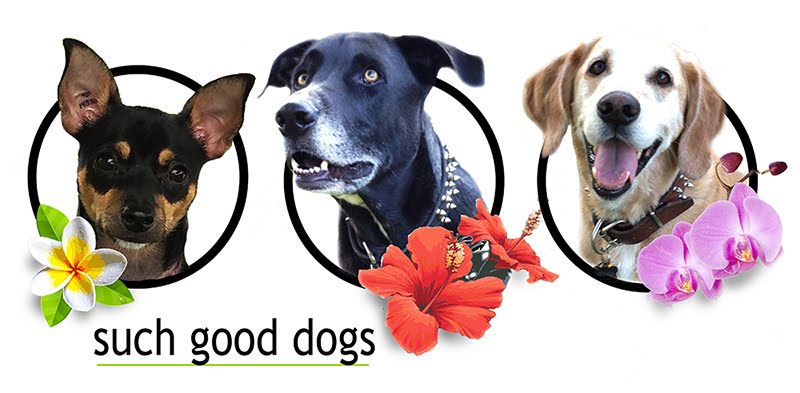For my friends in the mid-west, I wanted to share a great dog training opportunity. This session will be taught by an amazing dog trainer, and my former mentor, Inga From. Inga is one of only a handful of people in the United States that teaches positive gun-dog training. If you are looking to do some hunting with your dog, or have a dog that loves to fetch, I highly recommend you consider taking this seminar with Inga. I was privileged to have attended former Gun-Dog Training weekends with Inga, and they are quite informative and fun.
Details and registration available at www.PositiveGunDogsMN.com
Details and registration available at www.PositiveGunDogsMN.com
Field Sport for the Family Dog
Intro weekend
Positive Gun Dogs of Minnesota welcome
Inga From, CDBC, CPDT-KSA
As She Presents Her Two-day Beginner Positive Field Dog Seminar
May 3rdth & 4th, 2014
Stone Mountain Pet Lodge–Blaine, MN
About this seminar:
An urban field sport for the family dog is an opportunity to see what your sporting breed dog was bred to do or for any dog that loves to fetch!
Effective and efficient dog-friendly training methods for field dogs without the use of force fetch training or e-collars.
Seminar Overview:
Day One:
• Overview of positive field sport’s
• Positive training basics
• Assessment of foundation skills
• Introduction to scent work
• How to teach a retrieve with positive training
|
Day Two: (outdoors)
• Into the field
• Introduction to field training
• Individual time with instructor
• Level 1: K9 Field Sport Testing
| ||
Cost: Two-day working spot for one handler & one dog $235
Team Discount: Two-day working for two handlers & one dog $270
Two-day auditor/observer spot-no dog $180
Inga From, CDBC, CPDT-KSA My Bio
Certified Dog Behavior Consultant
(International Association of Animal Behavior Consultants)
Certified Professional Dog Trainer
(Certification Council for Professional Dog Trainers)
Certified Dog Behavior Consultant
(International Association of Animal Behavior Consultants)
Certified Professional Dog Trainer
(Certification Council for Professional Dog Trainers)
Offers Positive Training for dog owners and their dogs.
Association of Pet Dog Trainer’s national award winner
Positive Training based on the LIMA (Least Invasive Minimally Aversive) principle.
Professional Member of the Association of Pet Dog Trainers.
Inga specializes in shelter/rescue dogs. She has worked in shelter settings for over 10 years. Five of those years were spent at a local humane society where she served as the expert for the shelter in behavior and training.
Inga Offers:







